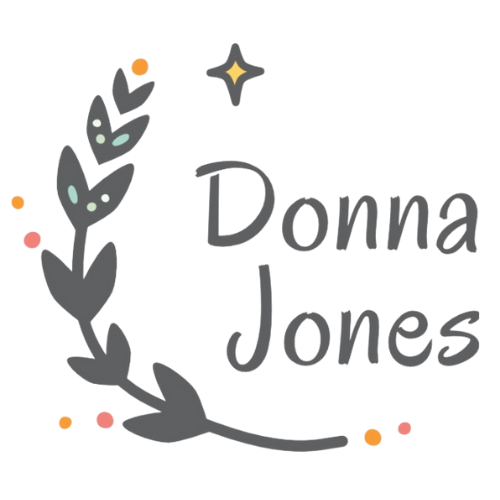How to Read Knitting Charts #1: The Basics
How to read knitting charts is something I'm often asked about, and on the whole people tend to like them or loath them. This post aims to help demystify knitting charts and equip you with the basics of how to read them.
Using knitting charts has much to recommend it, but many knitters shy away from them, preferring written out row by row directions. However with lace knitting and colourwork in particular it is so much easier to follow charts. Like many designers, I tend to provide both charts and written instructions in my patterns whenever this is practicable, but some lace patterns (and most colourwork patterns) will only provide charts, so learning how to read knitting charts is a valuable skill to add to your knitting ‘toolbox’.
Reading charts is one of those things that is so easy once you know how, and is such a useful skill for knitters to have. A chart is used to visually represent your knitting as if you were looking at it from the front. Each square represents a stitch (or instruction), and different stitches are indicated with symbols which are explained in a key (sometimes called a legend).
Here’s an example of a simple lace pattern which has been charted. Once you get the hang of working from a chart, its much easier to ‘see where you are’ as you knit, and how each row or repeat of stitches related to another. This is so much more helpful than blindly following a set of instructions, as it’s easier to navigate around the pattern, and to see if you’ve made a mistake.
So to get you started I've a number of useful tips for reading basic charts.
Useful tips:
Read the chart carefully before starting your work and familiarise yourself with the stitches listed in the key.
An important thing to remember is that you should start reading the chart from the bottom. When working rows, right side (RS) rows are read from right to left, whereas wrong side (WS) rows are read from left to right.
When working in the round, however, you are always working from the RS, so all rounds are read from right to left.
Charts usually have numbers running up the sides to help you keep track of where you are. You’ll notice that there are numbers on either side of the chart. These are the row numbers, and are there to help you keep track. Numbers on the right hand side indicate this is a RS row and so is to be read from right to left. Likewise WS rows are on the left hand side of the chart.
You can also use Post-It notes to mark your place and then move them up row by row as you progress.
The chart represents the knitting from the front side view, so when reading WS rows the stitches are reversed. For example, a symbol that represents a knit stitch on the RS will represent a purl stitch when worked on a WS row. If that seems confusing, don’t think too hard about it, just remember if it’s a knit stitch on the RS, it’s a purl stitch on the WS - the key should also flag this to you.
Another thing knitters can find baffling is where there are yarn overs, or when you work 2 or more stitches together as they aren’t sure how that relates to the number of squares used. The trick is not to overthink it! Individual squares may relate to a knitting instruction rather than a single stitch. Just work across the row square by square, doing whatever the symbols are dictating. For example working across row 5 above will mean:
Row 5: K3, yo, ssk, k9, k2tog, yo, k3.
Photocopy the chart you are working from and enlarge it so that it is easier to read, plus you can tick off each row worked with a pen/pencil without spoiling your main copy.
marking each type of symbol with different colours can also help if you struggle with the black and white symbols.
Hopefully this will give you the confidence to have a go at reading a basic chart. Another time we'll take a look at some more complex charts, such as how pattern repeats are represented, and also what 'no stitch' squares are all about.
I'd love to know how you get on, and what you find difficult, if anything, about reading charts - so do feel free to get in touch.



